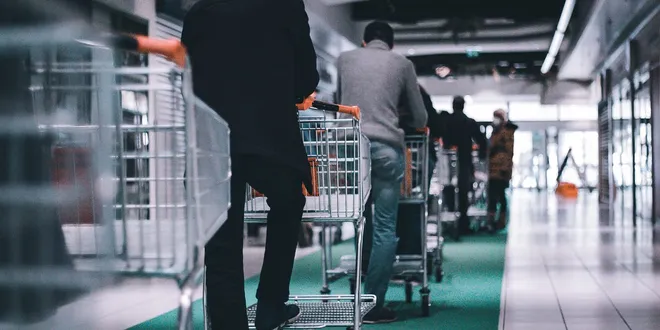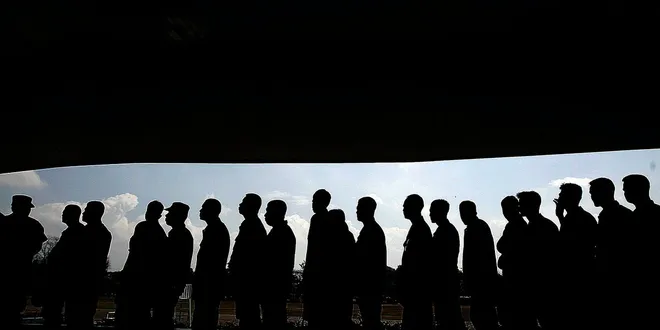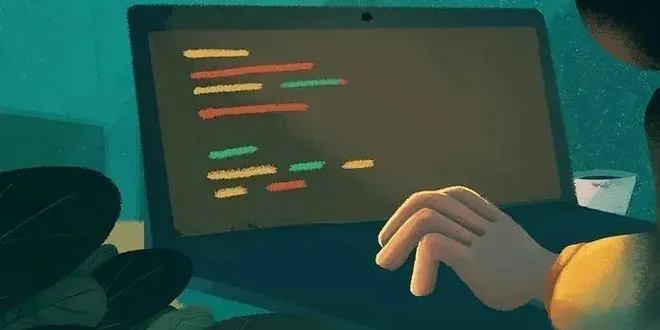Discover the best resources to learn about AI & Software Engineering - With AI⚡️Tutoring
Queues
Queues are fundamental data structures that operate on a first-in, first-out (FIFO) basis, meaning the first element added to the queue is the first one to be removed. This concept mirrors real-life scenarios, such as people waiting in line for service. In addition to standard queues, there are priority queues, where elements are served based on their priority rather than their order of arrival. Queues are widely used in various applications, including scheduling tasks in operating systems, managing requests in web servers, and handling asynchronous data streams. Understanding queues is essential for efficient algorithm design and data management.

20. Queues
20. Queues This chapter presents two ADTs: the Queue and the Priority Queue. In real life, a queue is a line of customers waiting for service of some kind. In most cases, the first customer in line is...
📚 Read more at How to Think Like a Computer Scientist🔎 Find similar documents

Learn about Queues
This chapter presents two ADTs: the Queue and the Priority Queue. In real life, a queue is a line of people waiting for something. In most cases, the first person in line is the next one to be served....
📚 Read more at Learn Python the Right Way🔎 Find similar documents

Queue Interface
Basics A Queue is a collection for holding elements prior to processing. Queues typically, but not necessarily, order elements in a FIFO (first-in-first-out) manner. Head of the queue is the element t...
📚 Read more at Essential Java🔎 Find similar documents

Queue Interface
Basics A Queue is a collection for holding elements prior to processing. Queues typically, but not necessarily, order elements in a FIFO (first-in-first-out) manner. Head of the queue is the element t...
📚 Read more at Essential Java🔎 Find similar documents

A brief overview of Queue in Python
A queue is a collection of objects that are inserted and removed according to the First‐In, First‐Out (FIFO) principle. Refer to the image above and the exact principle to remove objects applies in…
📚 Read more at Analytics Vidhya🔎 Find similar documents

Queue cheatsheet for coding interviews
Introduction A queue is a linear collection of elements that are maintained in a sequence and can be modified by the addition of elements at one end of the sequence ( enqueue operation) and the remo...
📚 Read more at Tech Interview Handbook🔎 Find similar documents

How to make a Queue — Typescript
A Queue is a low level data structure. It is so common that it can be seen in the world around us on a daily basis. As such, it is one of the most important structures to learn if you want to model…
📚 Read more at Level Up Coding🔎 Find similar documents

Queues are the Devil’s own data structures
Photo by Paula Izzo Queues in data-processing pipelines considered harmful Every time I start talking to a startup that's trying to deal with processing data at scale, and struggling, they all seem to...
📚 Read more at Pete Warden's blog🔎 Find similar documents

30 Days of Algorithms: From Zero to Intermediate (10/30) — Queue
Queues are easy to imagine, as they work similarly to real-world queues. Whenwe wait in a queue for ice cream, your turn dependsewsd on the number of people ahead of you. If you are the second person ...
📚 Read more at Python in Plain English🔎 Find similar documents

Task Queues
Task queues handle asynchronous jobs outside a Python web application HTTP request-response cycle.
📚 Read more at Full Stack Python🔎 Find similar documents

Implementing a Queue in JavaScript
A queue is a list — similar to the real world queue. The one who gets into the queue first is the one who is removed first from the queue. Technically speaking, this process is called first in, first…...
📚 Read more at Better Programming🔎 Find similar documents

Queueing Models with R
Queueing theory is the mathematical study of waiting in lines, or queues. Queueing theory, along with simulation, are the most widely used operations-research and management-science techniques. Its…
📚 Read more at Towards Data Science🔎 Find similar documents

